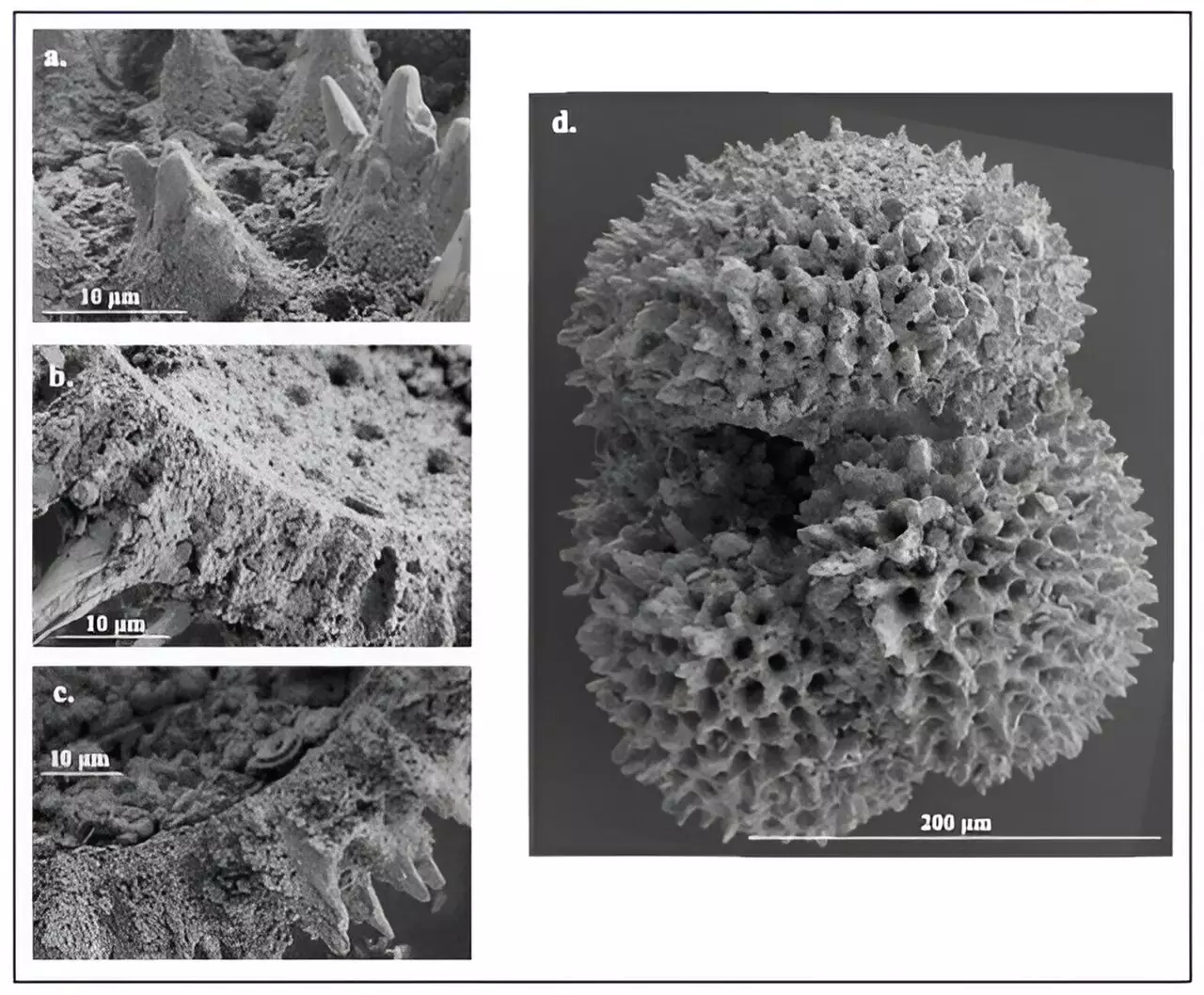Between 59 and 51 million years ago, Earth underwent significant climatic transformations known as the Paleocene-Eocene Thermal Maximum (PETM) and the Eocene Thermal Maximum 2 (ETM-2). These epochs were marked by extensive warming periods, characterized by both gradual changes over millions of years and abrupt warming events, often referred to as hyperthermals. Such drastic climate shifts were primarily driven by increased emissions of carbon dioxide (CO2) and other greenhouse gases, possibly exacerbated by tectonic activities.
Recent research conducted by a team of geoscientists at the University of Utah delves into this crucial period, correlating sea surface temperatures with atmospheric CO2 levels. The findings aim to illuminate our understanding of the long-term impacts of carbon emissions on climate systems, presenting valuable insights relevant to contemporary climate change driven by human activities.
To investigate the climatic conditions during these ancient warming events, scientists employed microscopic fossils called foraminifera. These single-celled organisms, which bear shells, provide crucial records of historical ocean chemistry. The research team analyzed drilling cores obtained from the Shatsky Rise, an underwater plateau in the Pacific, where the geological conditions are conducive to preserving these fossils.
Through meticulous examination, the team reconstructed past sea surface temperatures and atmospheric CO2 levels spanning a six-million-year timeframe that includes the PETM and ETM-2. The results reveal a direct correlation between rising CO2 levels and increased global temperatures—an alarming linkage that serves as a reminder of the influence these gases exert on our climate.
Co-author Gabriel Bowen emphasized the importance of understanding climate sensitivity in relation to CO2 fluctuations. He noted that while sensitivity can vary based on specific conditions, the overarching trends remain consistent across different timescales. This consistency underscores the dire implications of current human-induced emissions, which occur at a rate four to ten times faster than during these ancient episodes.
One of the critical aspects of this research is its potential to serve as a predictive model for future climate scenarios. The total amount of carbon released during past hyperthermal events is strikingly similar to projected human emissions, thus providing a template for what future generations may encounter. By studying these ancient warming periods, researchers aim to gain insight into the environmental consequences of extensive carbon release and its alarming potential to transform global ecosystems.
The authors of the study emphasize the necessity of understanding historical climate shifts to contextualize ongoing changes. The ancient scenarios offer mid- to worst-case study outcomes—enabling current and future scientists to formulate predictions that mirror past responses to rising CO2 levels.
The investigative study revolves around the boron isotopes found in foraminiferal shells. These isotopes serve as proxies, allowing researchers to derive the CO2 concentrations in the seawater during the organisms’ existence. By measuring the boron chemistry and comparing these values with modern observations, the research team effectively translated past ocean and atmospheric conditions, establishing critical records for understanding the PETM and ETM-2.
With significant warming during the PETM—where polar ice sheets were nonexistent and ocean temperatures soared into the mid-90s degrees Fahrenheit—researchers are tasked with unraveling the overall climatic repercussions that arose from such an influx of carbon.
As humanity grapples with the reality of climate change, the ancient warming events of the Paleocene and Eocene epochs present both cautionary tales and vital lessons. With human activities causing unprecedented rates of carbon emissions, it is essential to study historical analogs like the PETM and ETM-2 to understand our climate’s fragility and sensitivity to changes in atmospheric greenhouse gases.
By learning from Earth’s past, we hold the key to making informed decisions that could shape our future. The interplay between carbon dioxide and climate stability is clear, and it beckons a collective responsibility to mitigate the deleterious effects of our actions. As research continues to unveil the complexities of ancient climates, we are urged to heed these lessons to navigate towards a sustainable future.

